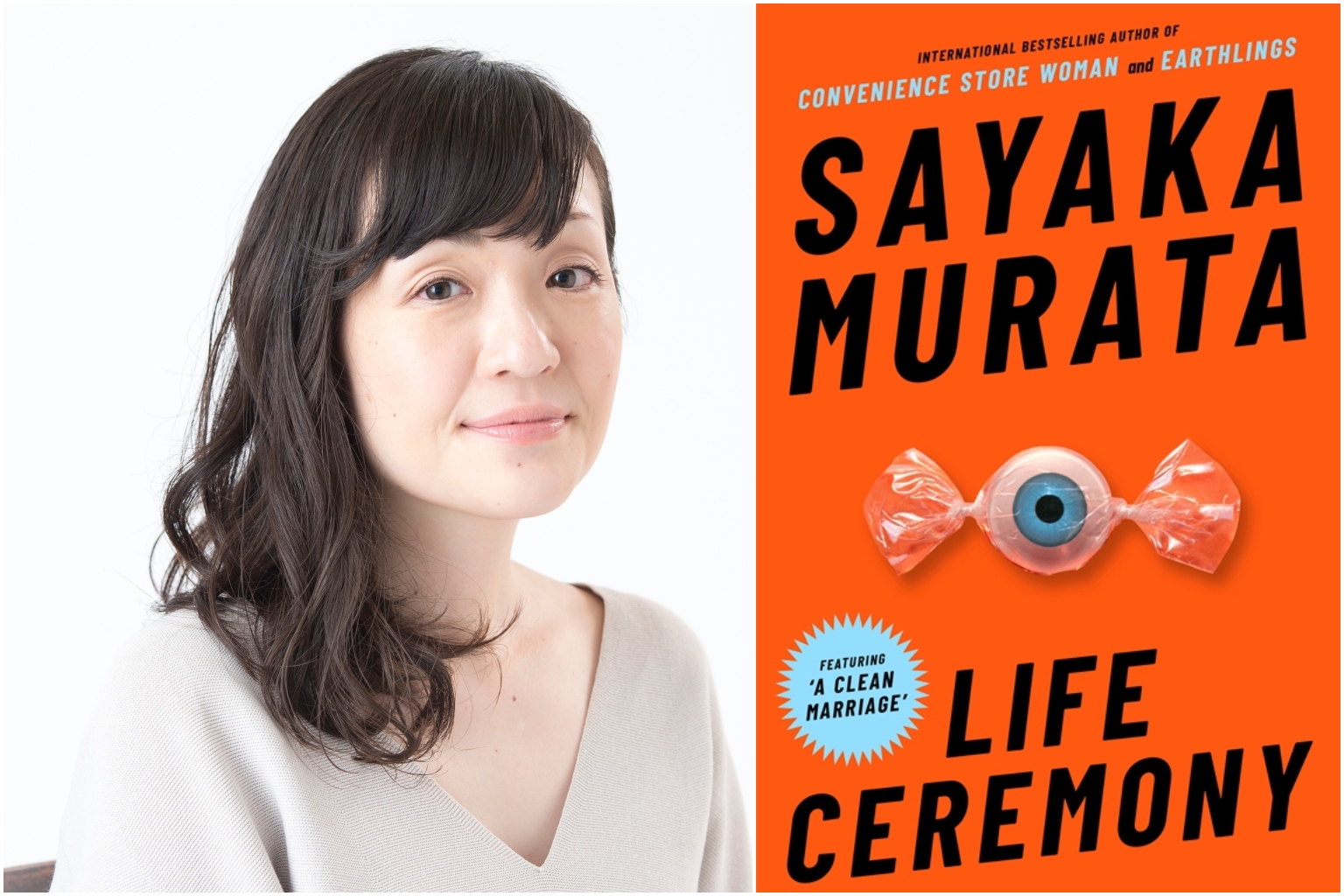Book review: Sayaka Murata's Life Ceremony is a subversive take on normality
Sign up now: Get ST's newsletters delivered to your inbox

Sayaka Murata's Life Ceremony is subversive in its take on normality.
PHOTOS: BUNGEISHUNJU LIMITED, GRANTA BOOKS
Follow topic:
Life Ceremony
By Sayaka Murata, translated by Ginny Tapley Takemori
Fiction/Granta Books/Paperback/272 pages/ $29.95/Buy here
4 out of 5
Fiction/Granta Books/Paperback/272 pages/ $29.95/Buy here
4 out of 5
Japanese literature is enjoying a renaissance of women writers who cast female protagonists in surreal universes at once similar and discordant to the world as people know it.
Among them are Yoko Tawada (Scattered All Over The Earth, 2022), Kyoko Nakajima (Things Remembered And Things Forgotten, 2021); and Mieko Kawakami (Breasts And Eggs; 2020).
One of the leading stars is Sayaka Murata, whose niche is deadpan absurdist fiction that upends the idea of normality.
In Life Ceremony, her third book to be translated into English, she reunites with collaborator Ginny Tapley Takemori.
The Granta edition collects 13 short stories, including the award-winning A Clean Marriage (2014), which is not included in the Japanese original published in 2019 nor the American edition published by Grove Press.
Murata's breakout novel is Convenience Store Woman (2018), about a social misfit who finds a sense of belonging in the order and routine of a convenience store.
She followed this up with Earthlings (2020), in which a girl is convinced she is an alien, but is forced into the mould of "The Factory", a euphemism for society at large.
Life Ceremony is equally subversive in its take on normality.
In the eponymous short story, one bystander quips: "Normal is a type of madness, isn't it? I think it's just that the only madness society allows is called normal."
Set 30 years from now, funerals have been replaced by "life ceremonies", or feasts upon the remains of the dead as an homage to their lives.
They are usually consumed in miso hotpots, with food stock from males considered more delicious than that of females.
Guests at such events will then take part in "insemination" - as sex has come to be known - to "birth life from death" as a solution to depopulation.
In the opening story, A First-Rate Material, human parts are repurposed into fashion and furniture upon death. Human hair and skin are the new merino wool and full-grain leather, while shinbone chairs and ribcage tables are highly coveted.
"What could be more normal than making people into clothes or furniture after they die?" asks one character.
This macabre take on normality extends throughout the buffet of stories, the themes of which include incest, sexless marriages and the rearing of humans as pets.
There are other non-conformist relationships. A curtain falls in love with its owner. A woman takes the idea of "farm-to-table" to the next level by harvesting plants off the city streets.
Yet another woman has five different "selves" that surface depending on whom she is around, and is stressed when these selves collide at her wedding.
Murata's dark impulses shine through in this cocktail of horror and humour that puts one in mind of director Tim Burton's film oeuvre and is not for the squeamish.
She forces the reader to consider how normality is but a coached social construct that is defined by the majority.
If you like this, read: Earthlings by Sayaka Murata, translated by Ginny Tapley Takemori (Granta Books, 2020, $19.94, buy here, borrow here). Murata gives a voice, albeit a twisted one, to bullied schoolchildren and preyed-upon minors in this tale that takes on taboo topics such as consensual incest, cannibalism and child abuse.
This article contains affiliate links. If you buy through these links, we may earn a small commission.

